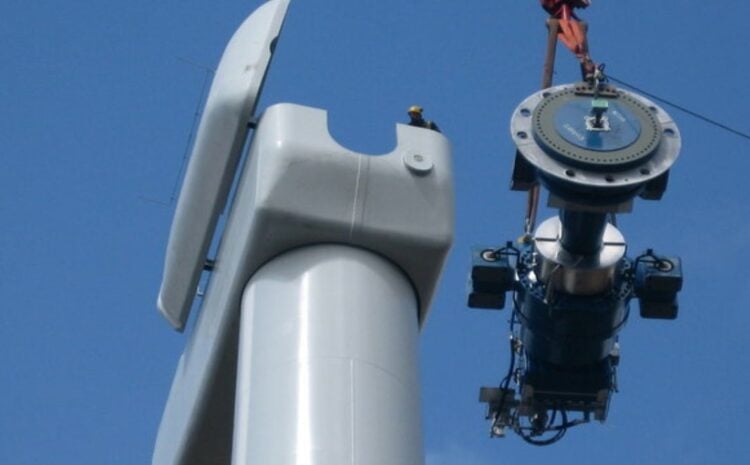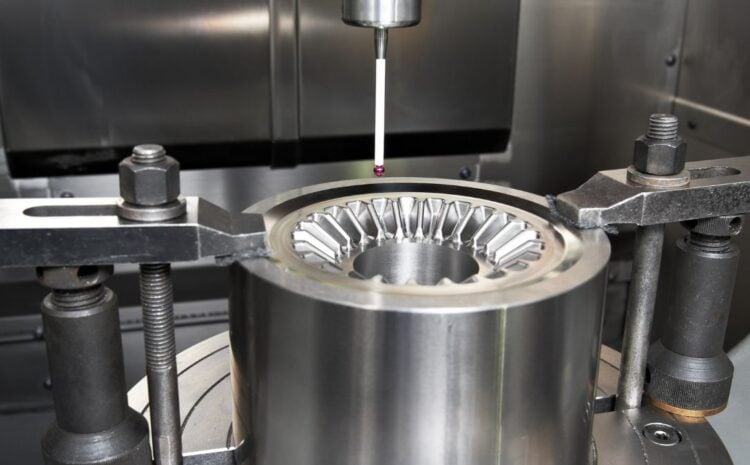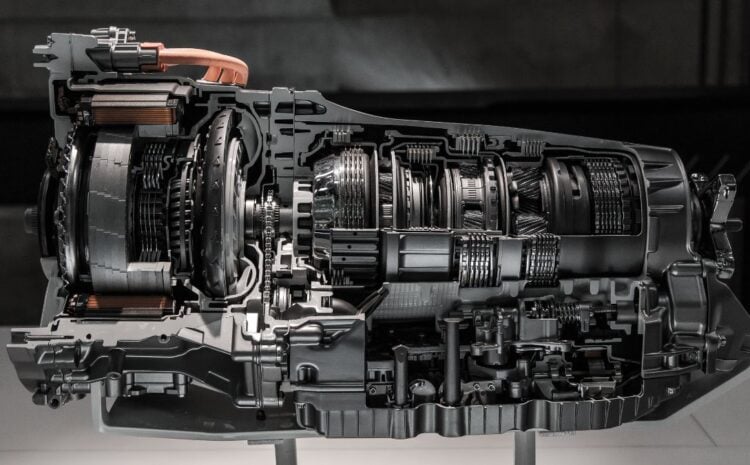The use of wind power as a renewable energy source is expanding quickly. Knowing the inner workings of wind turbines is crucial to fully appreciate the contribution they make to a more sustainable future. A wind turbine’s gearbox is an integral part of the machine, as it is responsible for transmitting mechanical energy from the blades to the generator to produce electricity. This article will examine the gears used in wind turbines, from their design and applications to the difficulties encountered when trying to keep them in working order.
Wind Turbine Gear Design
The efficiency and longevity of a wind turbine system depend heavily on the design of the gears used in the turbines. The four most common types of gears found in wind turbines are spur gears, helical gears, bevel gears, and planetary gears.
- Spur gears are the most common and simplest design in wind turbines. To transmit force, their straight teeth mesh with another gear. However, they produce a lot of noise and cannot be used in any situation that requires speed.
- Helical gears are more effective than spur gears, making less noise and enabling faster speeds thanks to their angled teeth. Frequently, they are found in wind turbines.
- Bevel gears are used to transmit power between two shafts that are not parallel. Wind turbine pitch and yaw control systems often use them.
- Planetary gears have sun gear in the center that is surrounded by planetary gears that revolve around it. High-power wind turbines frequently use them to increase the torque output of the gearbox.
Load capacity, efficiency, durability, and noise are all crucial factors in wind turbine gear design. Gearbox parts need to be strong enough to withstand the torque applied by the rotor and efficient enough to transfer that power to the generator. The gearbox needs to be sturdy enough to last the wind turbine’s expected 20 years of operation.
The shaft, bearings, lubrication, and cooling systems are the backbone of a gearbox for a wind turbine. The shaft and bearings link the gearbox to the rotor and generator, allowing for effortless rotation. Gearboxes require lubrication and cooling to alleviate friction and wear, and to dissipate heat generated by the gears and other moving parts.
Wind Turbine Gear Applications
Power transfer from the rotor to the generator is the main purpose of the gears in wind turbines. The generator requires a much higher speed, typically around 1500 RPM, whereas the rotor rotates at a low speed, typically between 10 and 20 revolutions per minute (RPM). The gearbox efficiently converts wind energy into electrical power by increasing the rotor’s rotational speed to match the generator’s speed.
Wind turbine gears are also used in pitch and yaw control systems, in addition to power transmission. Pitch control adjusts the angle of the turbine blades to optimize their angle of attack to the wind, while yaw control ensures that the turbine is always facing the wind. These systems often use bevel gears to transmit power between the control mechanisms and the turbine blades.
Offshore wind turbines present additional challenges for wind turbine gear design. The harsh marine environment can cause corrosion and erosion, and the turbines must be able to withstand extreme weather conditions, including high winds and waves. Offshore wind turbines can generate more energy than onshore turbines, making them appealing to countries with limited land.
Challenges in Wind Turbine Gear Design and Maintenance
Wind turbine gears are subject to a range of challenges, including fatigue, wear, extreme temperatures, and weather conditions. The cyclic loading and unloading of the gearbox components can lead to fatigue failure, while wear can occur due to friction between the moving parts. The extreme temperatures generated by the gearbox can also cause thermal expansion and contraction, leading to misalignment and premature failure.
Maintenance and repair of wind turbine gears can be challenging due to the size and complexity of the components. Regular inspections and maintenance are essential to identify and address any issues before they lead to more significant problems. This may involve disassembling and inspecting the gearbox, replacing worn or damaged components, and reassembling and testing the gearbox.
New wind turbine gear technologies aim to improve efficiency and reliability by addressing these challenges. Advanced lubricants, coatings, and materials can reduce wear, increase durability, and enhance strength. Monitoring and maintenance technologies can identify potential issues, reducing downtime and costs.
Conclusion
Wind turbine gears play a critical role in the efficiency and durability of wind turbines. Designing and maintaining wind turbine gears is vital for the long-term viability of wind energy. Wind turbine gear technology must evolve to meet the growing demand for renewable energy and achieve a sustainable future.



